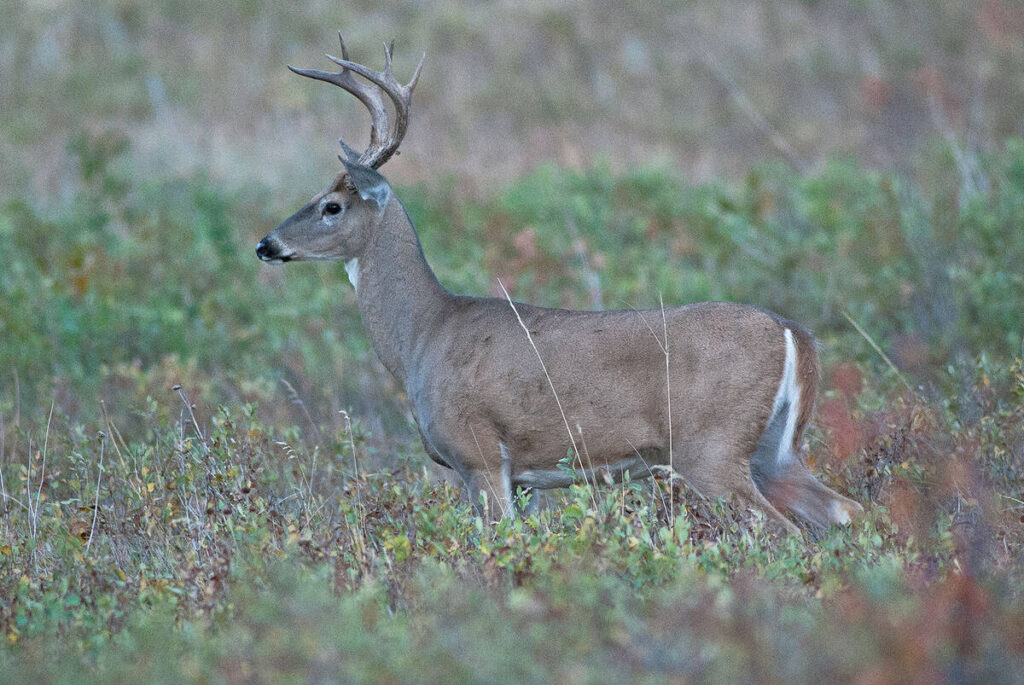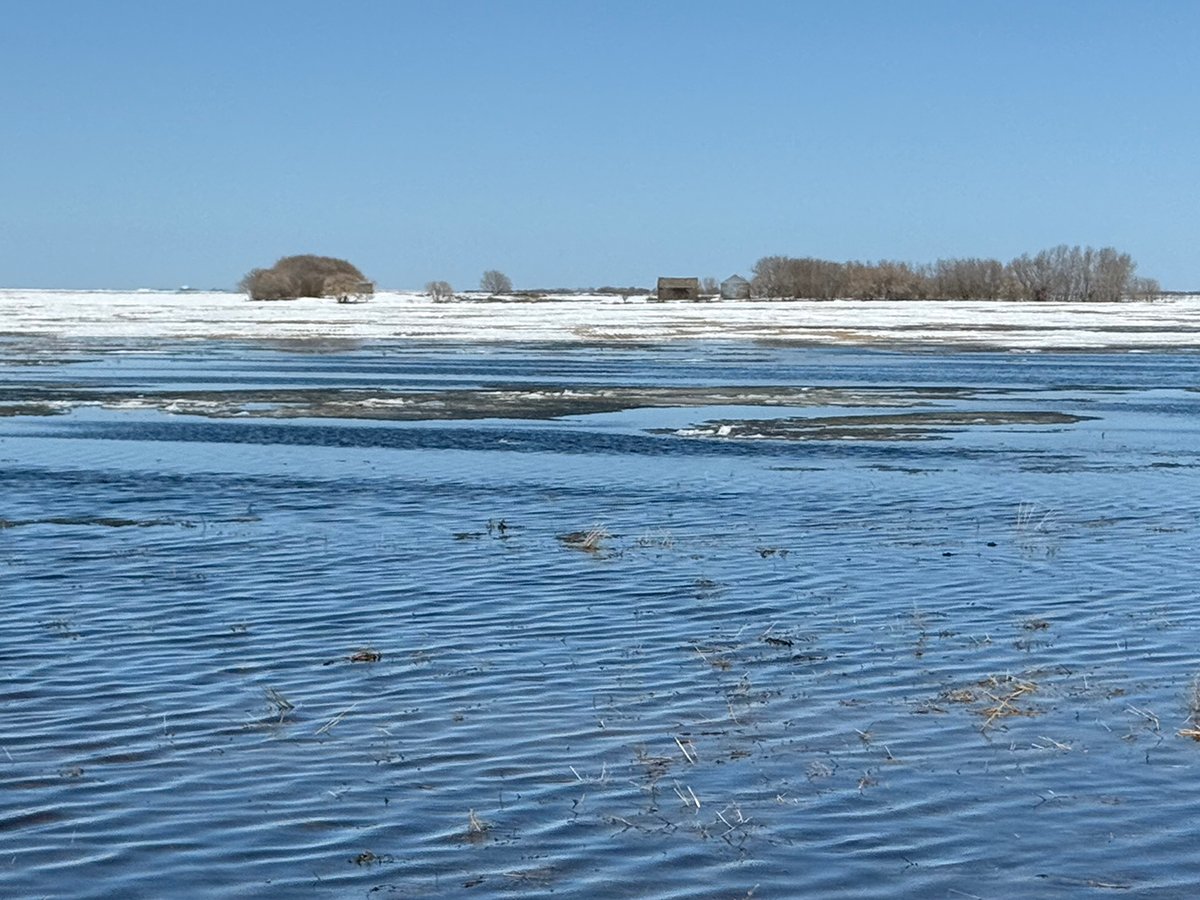Saskatchewan cattle producers want bovine TB investigation to target wildlife

YORKTON, Sask. — Saskatchewan cattle producers who packed a meeting room last week for updates on the bovine tuberculosis investigation originating in their area weren’t happy with much of what they heard from officials.
They want better compensation for affected producers, more work on vaccines for cattle and more emphasis on testing wildlife as possible vectors.
Related story in this issue: Sask. producers say bovine TB compensation inadequate
Read Also


Weather models predict hot summer
It is time for our monthly look back at how the weather shaped up across the Prairies and then our look ahead to see what kind of weather the different long-range forecasts or predictions are calling for this summer.
Many didn’t buy the idea that the TB didn’t come from elk or another cervid or that it could be spread to elk from cattle. Provincial wildlife health specialist Iga Stasiak said testing so far has not found any cases in elk or white-tailed deer, which are the predominant species in the region.
However, farmers in the room said the sheer numbers of elk are evidence enough for them.
Bovine TB was confirmed on a farm near Melville after a six-year-old cow tested positive at slaughter in Alberta in November 2024. Three additional cases were subsequently confirmed, although the animals were not born in the infected herd. The entire herd has been depopulated.
Canadian Food Inspection Agency regional veterinarian Allison Danyluk Ross told the meeting the strain of TB has never been found before, and its origin is unknown. She said strain origins are often not found.
“This bacteria is very sneaky, very hidden and very hard to find,” she said.
This is the second case of bovine TB in east-central Saskatchewan in the last two years. In both cases, the strains were new and not related to others.
Frustration in the room was palpable as producers wondered why their domestic livestock are treated differently than wildlife. They said their livelihoods are taken away when herds are depopulated as part of federal eradication efforts, but large-scale wildlife depopulation does not occur.
Stasiak said there are places where the disease has definitely spread from cattle to wildlife. It is believed the bison in Wood Buffalo National Park became infected from cattle.
There have been notable wildlife reservoirs, such as the elk herds in Riding Mountain National Park in Manitoba, which spilled into cattle and white-tailed deer and took about 25 years to eradicate.
The last case there was found in 2014, and she said testing continues without finding infections. A certain sample size is required to determine whether a population is disease-free, Stasiak said, and that can be a challenge because testing is done post-mortem and requires co-operation from hunters.
However, Levi Hull, Saskatchewan Cattle Association director for District 5, questioned whether eradication actually occurs.
“The point that I’m going to make is everybody in this room is held to a certain standard for trade, and my belief is the wildlife herd should be held at the exact same standard,” he told the meeting.
“So if I show up to your place and we have to depopulate your entire operation, we should be looking at the surrounding herds of wildlife as well.”
Stasiak repeatedly said there have been no positive cases found in wildlife. Both she and Danyluk Ross said the potential for transmission is highest in areas such as winter feeding troughs where a lot of animals are commingling. Eliminating shared feeding areas was part of the Manitoba approach to eradication.
Stasiak said a certain number of tests must be done in wildlife to be statistically valid, based on monitored populations in an area. After the 2023 detection, the environment ministry initiated a voluntary program for hunters to turn in samples. Last year it became mandatory.
The target is 350 samples; 300 are from white-tailed deer because that population is about five times higher than elk, she said. That target can be achieved over three years, based on the plan developed with CFIA.
During voluntary collection, 40 white-tailed deer, 10 elk, 33 moose and six mule deer were submitted.
During mandatory collection, 218 elk, 69 white-tailed deer and a few moose and mule deer were submitted. Culture results are still pending, but of all the tissues examined, none showed lesions that suggest bovine TB.
The objective for 2025 is to boost the white-tailed deer submissions because 200 more are required to obtain 95 percent confidence that the disease, if present, is at a level of one percent or lower.
People at the meeting asked why the standard is different for cattle, and the answer is essentially international standards for trade. Also, there are some initial tests that can be done on live cattle that cannot be done on wildlife.
Hull also had concerns about how samples are handled by hunters compared to what happens at a cattle slaughter facility. As well, he said hunters typically shoot animals that look healthy, not the ones that look old and sick and might be displaying signs of TB.
Asked about the delay in culture tests dating back to the 2023 case, Stasiak said there is a delay because the cattle tests are prioritized.
She said the 2023 and 2024 farms are not too far apart, and it did beg the question of whether wildlife were the source. However, the strain genotyping showing they are very different strains indicates that isn’t likely.
She said people should not jump to conclusions.
Others said the testing targets aren’t high enough. CFIA epidemiologists have set the levels.
Hunting quotas in the region will be adjusted upward for this fall in response to higher elk populations. Stasiak said aerial surveys this spring in parts of wildlife management zones 37 and 48 found much higher numbers of elk than the ministry expected.
Source: producer.com


